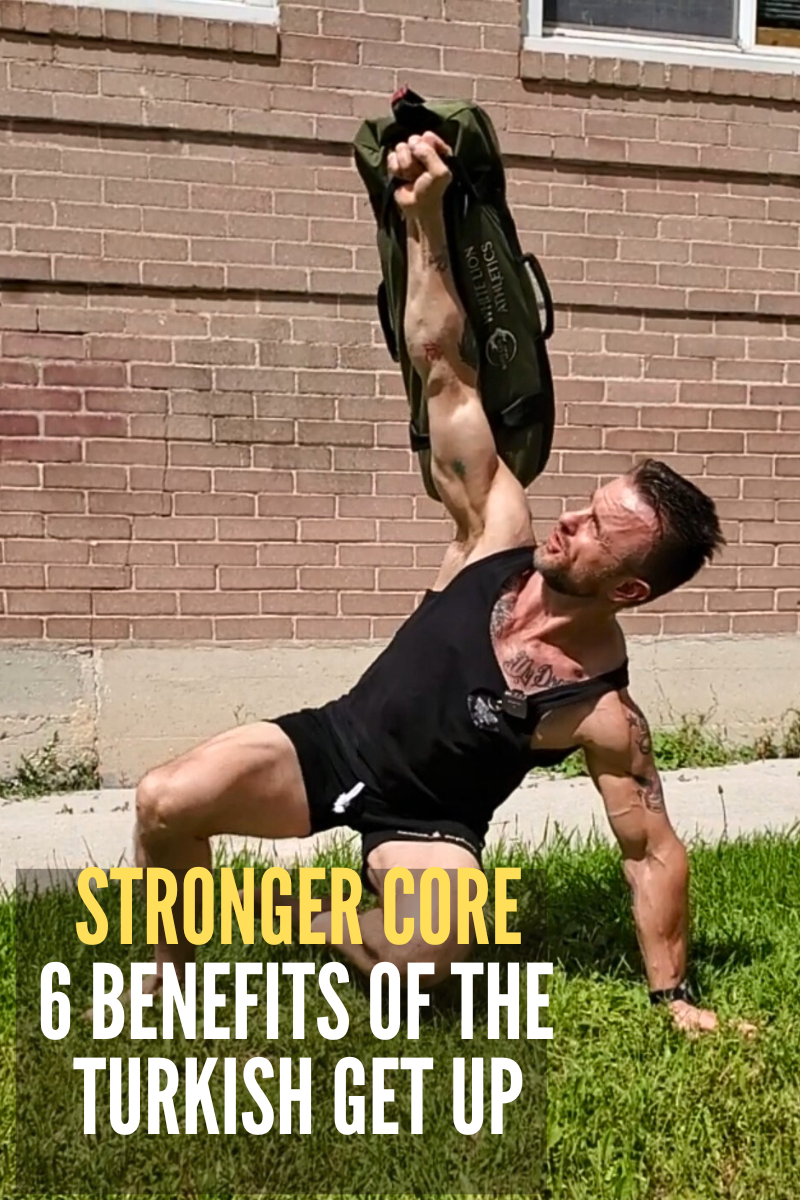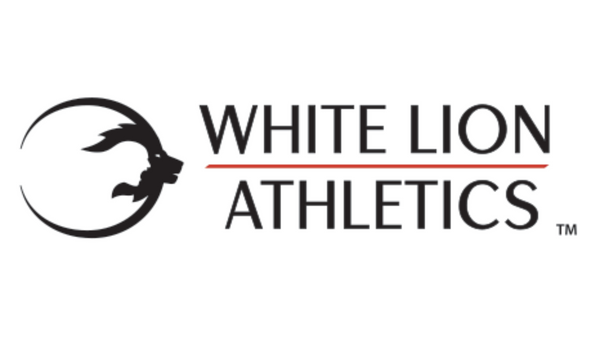
Ancient Strength: Core Training with the Turkish Get-Up
DJ GuzdaShare
Historical Overview and Exploration of the Turkish Get-Up
There are at least six elements of core training within the multistage movement of the Turkish Get-Up.
"It looks weird and awkward, so why do it ?"
One reason to at least consider exploring this movement is because it has stood the test of time and has been within our physical culture for thousands of years and used by countless people to get stronger and to develop their stability mobility and overall.
Let's take a brief look at it.
Origins and Evolution:
The Turkish Get-Up has a storied history, with its origins tracing back to ancient Persia and the Ottoman Empire. It was a staple exercise among Persian wrestlers and Turkish soldiers, who valued it for its ability to build robust, functional strength. The practice spread throughout the region, becoming a key component of physical training for warriors and athletes alike.
In the Ottoman Empire, soldiers and wrestlers used the TGU to develop the strength, stability, and endurance necessary for combat and competition. The exercise was traditionally performed with a kettlebell, a stone, or another weight, and it was revered for its ability to enhance physical conditioning and resilience.
Functionality and Tradition:
The Turkish Get-Up’s emphasis on controlled, deliberate movement makes it a highly functional exercise. Each phase of the TGU—rolling, transitioning to the elbow, hand, bridge, and standing—requires precise muscle activation and coordination. This holistic approach to strength training was vital for ancient warriors, who needed to be strong, stable, and agile in unpredictable combat situations.
Check out our video HERE
Primary Benefits:
-
Strength Building: The TGU engages a multitude of muscle groups, fostering comprehensive strength. Each phase of the movement, from lying down to standing up, requires the coordinated effort of muscles in the legs, core, and upper body, making it a highly effective strength-building exercise.
-
Mobility and Flexibility: Transitioning through the different phases of the TGU enhances joint mobility, particularly in the shoulders and hips. This increased range of motion is crucial for overall flexibility and functional movement.
-
Stability: Balancing a weight overhead while moving through various positions demands significant stability. This enhances overall balance and coordination, key components of functional fitness.
-
Core Strength: The TGU requires constant engagement of the core muscles to maintain stability and control. This makes it an exceptional exercise for developing core strength and endurance.
-
Functional Movement: The TGU mimics real-life movements, making it a practical exercise for improving functional fitness. It helps build the strength and stability needed for daily activities and athletic performance.
-
Injury Prevention: By improving strength, stability, and mobility, the TGU helps reduce the risk of injuries. The controlled, deliberate movements teach the body to move efficiently and safely, protecting against strains and sprains.
The Turkish Get-Up as a Core Training Exercise
The Turkish Get-Up is often celebrated for its core training benefits. Here’s how this exercise specifically targets and enhances core strength:
-
Initial Roll to Elbow: The first movement in the TGU involves rolling onto the elbow. This action engages the oblique muscles, which are essential for rotational core strength. The rolling motion requires a coordinated contraction of the entire core, emphasizing the obliques and rectus abdominis.
-
Transition to Hand: From the elbow, the practitioner moves to the hand. This transition demands significant core stability to control the body’s rotation and avoid collapsing the torso. The muscles of the core work in unison to stabilize the spine and maintain alignment.
-
Bridge Phase: Lifting the hips into a bridge position engages the glutes, lower back, and core muscles. The core must remain tight to prevent sagging hips, ensuring proper alignment and stability.
-
Knee Under and Lunge to Stand: As the practitioner moves the knee under the body and transitions into a lunge, the core muscles work to stabilize the spine and maintain an upright position. The lunge to stand phase further challenges the core as it must stabilize against the weight overhead.
-
Reversal: Reversing the movement to return to the starting position involves the same muscle groups and movements in reverse, maintaining constant engagement of the core muscles throughout the entire sequence.
-
Overhead Stability: Throughout the entire TGU, holding a weight overhead demands significant core engagement to keep the torso upright and prevent any lateral or forward/backward lean. This overhead stability translates to improved core strength and endurance.
The Turkish Get-Up is a dynamic symphony of movement that demands and develops core strength at every phase. It’s a comprehensive exercise that not only builds a powerful core but also enhances overall functional fitness, making it a staple in any well-rounded training program.
